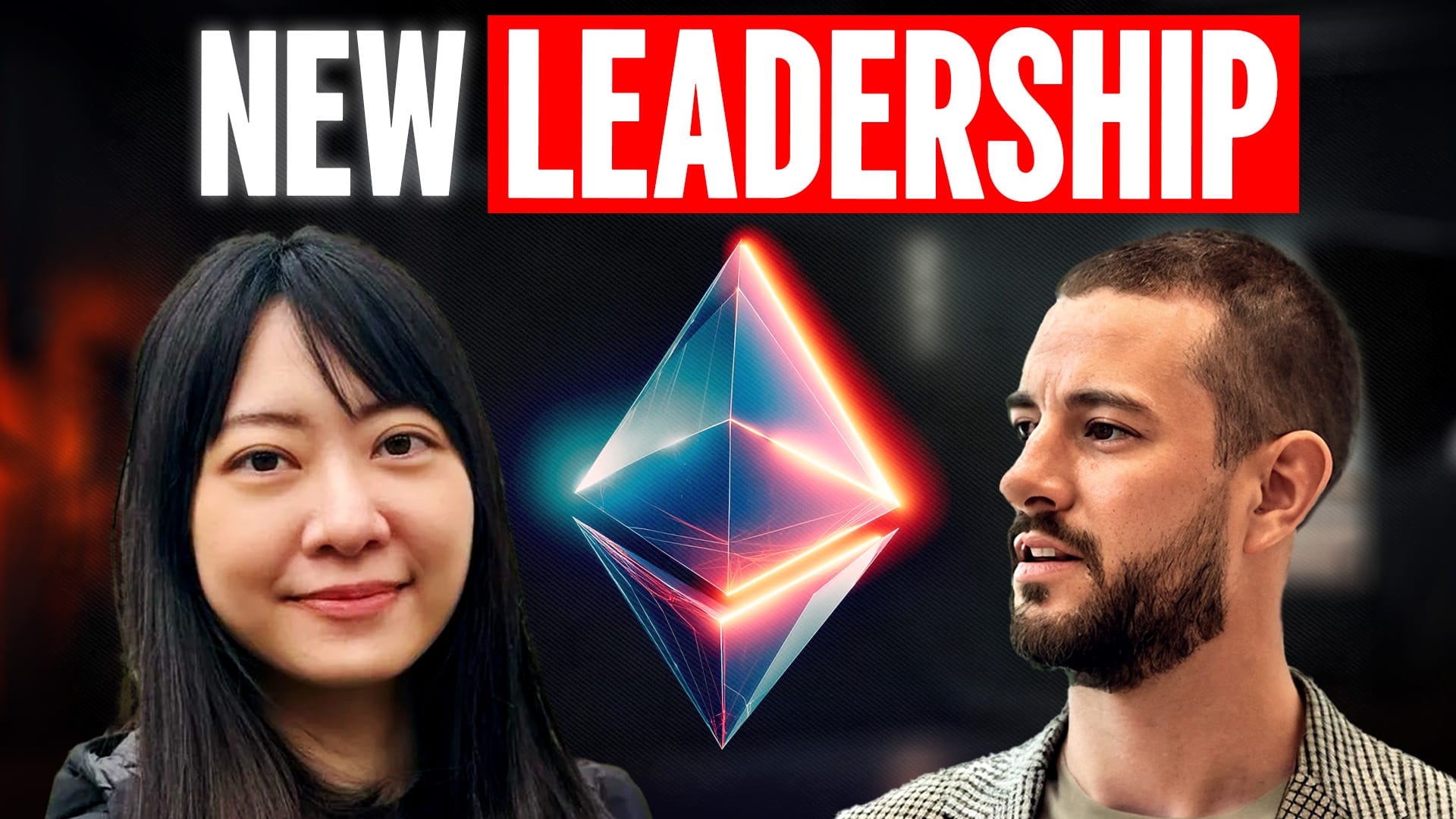A New Chapter for Ethereum | EFs Co-EDs Tomasz & Hsiao-Wei

The Ethereum Foundation (EF) has entered a new era.
In this week’s episode of Bankless, we sat down with the Ethereum Foundation’s newly appointed Co-Executive Directors, Tomasz Stanczak and Hsiao-Wei Wang, to explore what this new leadership means for Ethereum. From internal EF culture to high-level roadmap planning, this conversation offered one of the clearest looks yet at how Ethereum intends to evolve over the coming years.
Meet the New Leaders
Both leaders bring deep Ethereum experience, but from very different paths. Hsiao-Wei, a long-time core researcher at EF, played a pivotal role in Ethereum’s proof-of-stake transition. Her grounding in consensus research and internal EF structure makes her a stabilizing and values-oriented leader.
Tomasz, founder of Nethermind and former Flashbots contributor, brings entrepreneurial energy and operational muscle. With a track record of building infrastructure, mentoring hundreds of Ethereum developers, and participating deeply in MEV and protocol research, Tomasz enters the role with a mandate for acceleration and execution.
Together, their dual leadership aims to balance Ethereum’s principled decentralization with a drive for operational excellence.
What’s Changing at the Ethereum Foundation?
The conversation made it clear: EF is evolving from a research-centric, slow-moving institution to a more dynamic, responsive, and product-aware steward of Ethereum.
Both Co-EDs emphasized a renewed focus on:
- Execution speed – Reducing delays in protocol upgrades and setting clearer timelines.
- Clear communication – From roadmap updates to Twitter activity, EF aims to be more transparent and present.
- Ecosystem empowerment – Rather than centralizing control, EF wants to support a flourishing ecosystem of independent builders.
- Accountability and goals – With a new 3-part objective framework (scaling L1, scaling blobs, improving UX), the Foundation is aiming for measurable impact.
The Roadmap Ahead
The EF’s priorities have been distilled into three core goals:
- Scaling Ethereum Layer 1 – Increasing throughput and reducing latency directly on Ethereum mainnet, with a goal of 3x improvement this year and 10x next year.
- Scaling Blobs – Enhancing L2 scalability through improved blob capacity, making Ethereum cheaper and more performant for rollups.
- Improving UX – Focusing on better interop between L2s, safer key management, lower latency, and a smoother user and developer experience.
These objectives will be pursued through a tighter hard fork cadence (every 6 months, starting with Pectra on May 7th) and improved coordination across EF teams and the broader Ethereum ecosystem.
Product-Centric Ethereum
A strong theme from Tomasz was the push toward a more product-minded Ethereum—one that treats the protocol as something to be adopted, loved, and usable. That means talking to real users, builders, and application developers. It means shipping features people actually want. And it means evolving EF’s own structure to better support this approach.
This is a cultural shift from “research for research’s sake” to research guided by product relevance and delivery.
Final Thoughts
Ethereum isn’t just a blockchain—it’s a movement. And movements evolve. The arrival of Tomasz and Hsiao-Wei marks a transition from the “addition by subtraction” era of Aya Miyaguchi to a phase focused on growth with principles, speed with resilience.
As Tomasz put it: “We win through impact.”
And as Hsiao-Wei reminded us: “It’s not about personal legacy. It’s about building the world we want to live in.”